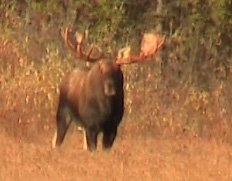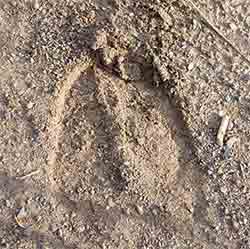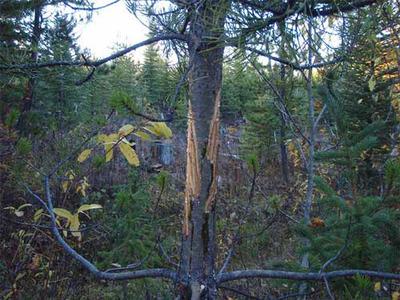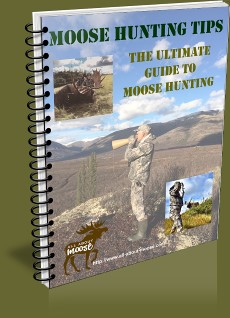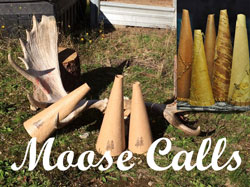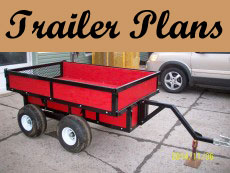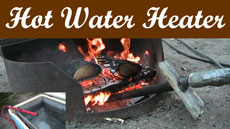Good
morning Mark, I want to thank you again for your outstanding service. As luck
would have it, when I arrived home after work yesterday the moose call was in
my mail box. It figures when the Postal Circus is involved.
Ed
Manya from Tampa Bay said: My sister-in-law came down with a box of goodies from Alaska. One was a moose steak. I have thought about cooking it but didn't know how. I looked on your site. Thank you so much for having such wonderful ways to fix moose.
Laurie wrote to us:
"I just wanted to let you know how much I love
your site and how much I appreciate all the help you give everyone. I have
learned so much from this site. It is my go to guide for moose hunting. You
have a great way with words and make this site very approachable for new
hunters and very informative for both new and veteran hunters alike. Thank you
for all your hard work. Again, it's a fantastic site, keep up the great work."
Dale emailed us:
Cool website, nice to see others that consider the moose as a majestic creature. We are going to park the quads this year and use the boat, get away from the others. Will let you know if it is a successful hunt.
-
Jun 24, 25 10:17 AM
Limited Entry Hunting in British Columbia, updates and news. We keep you up to date with LEH News and information.
Read More
-
Mar 26, 25 02:10 PM
I have many hours of moose video from my trail cameras. Of course, I see moose kneeling all the time in transition to lying down or getting drinks from
Read More
-
Dec 14, 24 06:36 PM
First person description of a Montana Moose Hunt and the process to get a tag.
Read More

